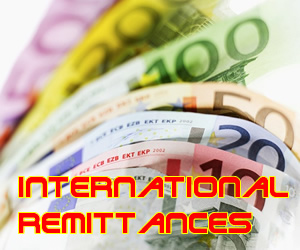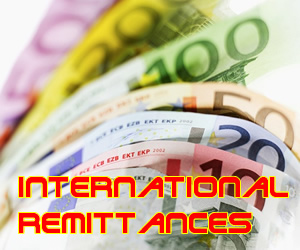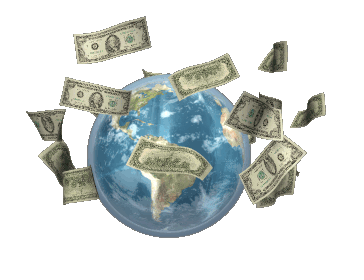WE HAVE IT WHEN YOU NEED IT
Sending money or remitting money is nothing new, it has been a part of human history. Several European countries, Spain, Italy and Ireland were heavily dependent on remittances received from their emigrants during the 19th and 20th centuries. In the case of Spain, remittances amounted to the 21% of all of its annual income in 1946. All of those countries created policies on remittances. However, Italy was the first country in the world to enact a law to protect remittances in 1901 while Spain was the first country to sign an international treaty (with Argentina in 1960) to lower the cost of the remittances received.
Since 2000, remittances worldwide have increased sharply worldwide, having almost tripled to $529 billion in 2012. In 2012, migrants from India and China alone sent more than $130 billion to their home countries.Worldwide, an estimated 582 billion U.S. dollars was sent by migrants to relatives in their home countries in 2015, a 2% decline from 2014, when the amount was $592 billion, according to economists at the World Bank. This is the first drop in global remittances since 2009, when they fell by $28 billion amid the global financial crisis. Despite this recent decline, remittances sent by migrants are still about double what they were a decade ago, before the sharp decline in the global economy during the late 2000s. And, with the exception of 2009, migrant remittances worldwide have steadily climbed since the World Bank began releasing estimates in 1970.
Global remittance flows have shown more resilience than expected during COVID-19, particularly for low and middle-income countries. World Bank data shows that global remittances are expected to total $702 billion in 2020, which is a drop from the $719 billion recorded in 2019. India is expected to have received the most - at $83.1 billion. During the COVID-19 pandemic, global remittance flows have proven more resilient than expected. This is especially true for inflows to low and middle-income countries. According to new World Bank data, global remittances are expected to total $702 billion in 2020, down from $719 billion in 2019 (-2.4 percent). Of that total, $540 billion are expected to have flown into low and middle-income countries, down from $548 billion (-1.6 percent).










